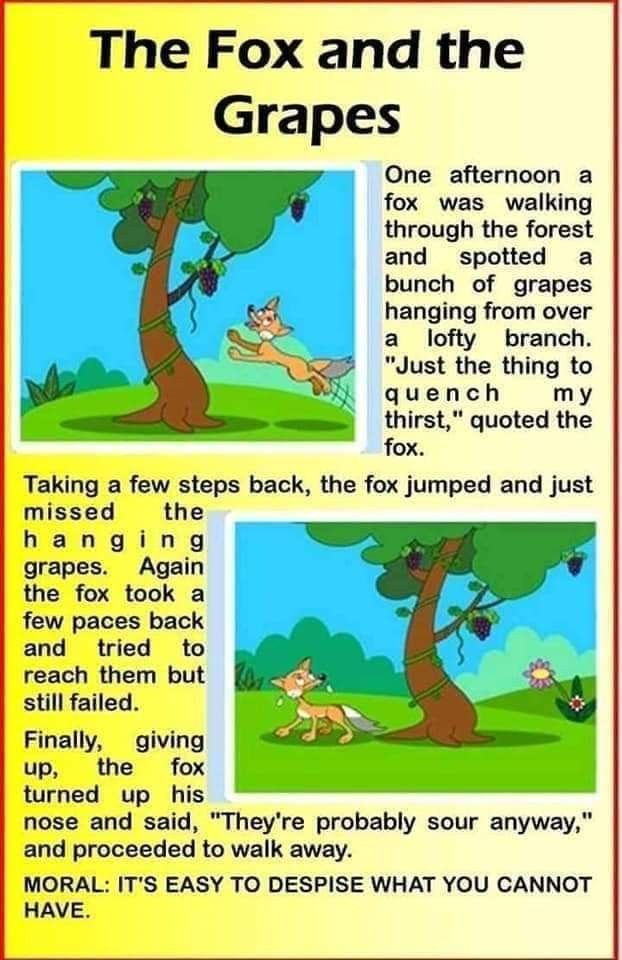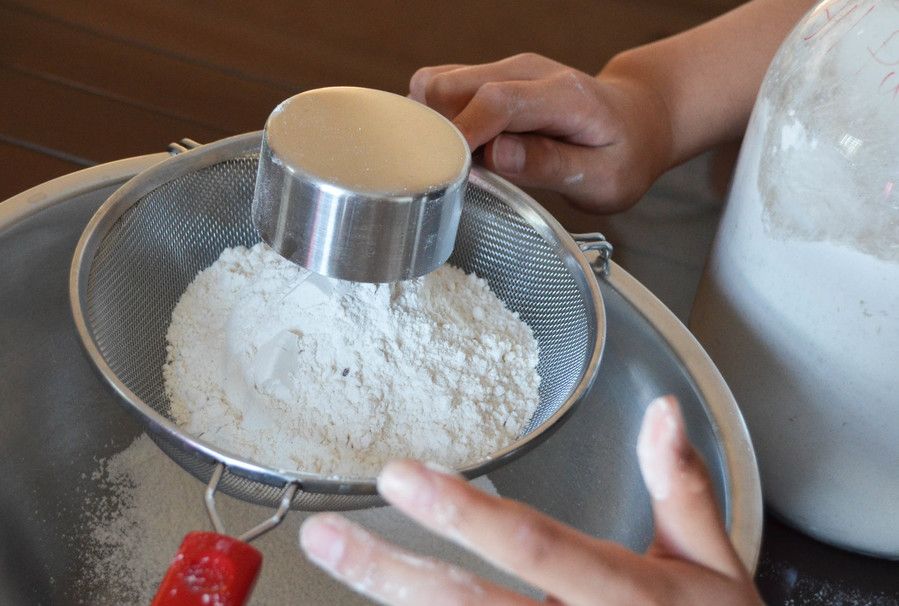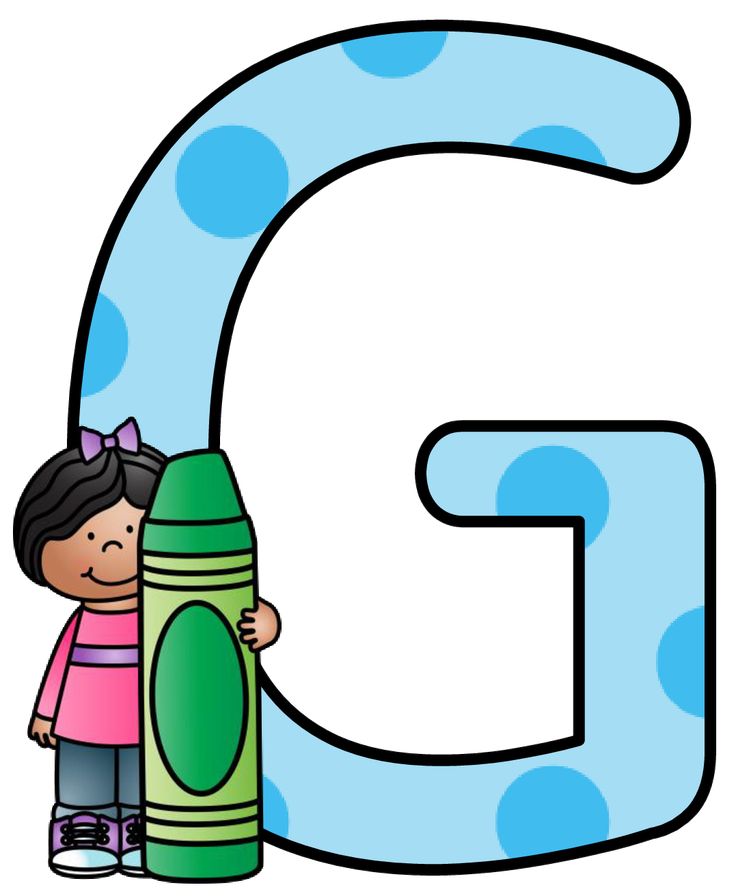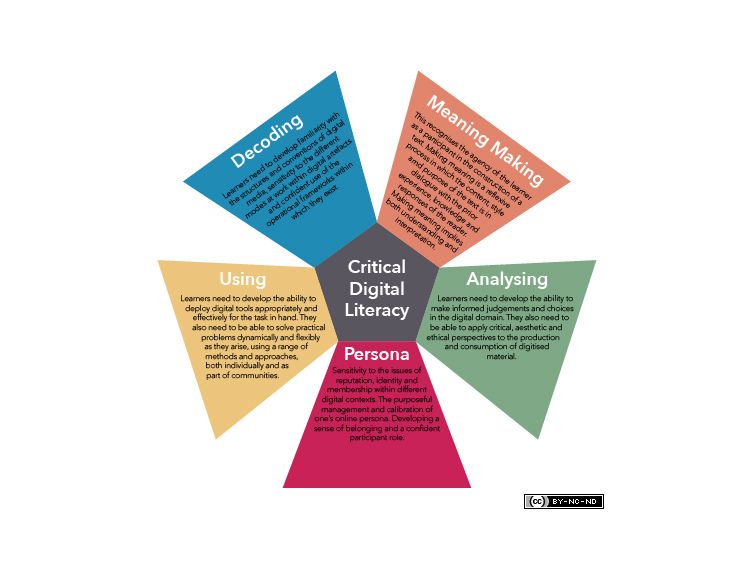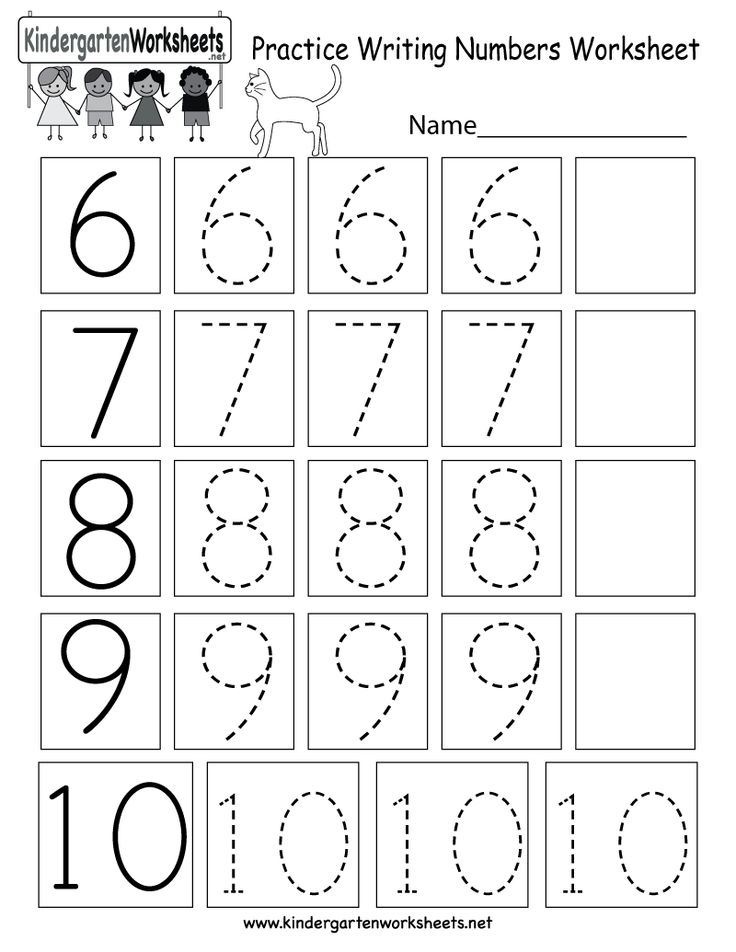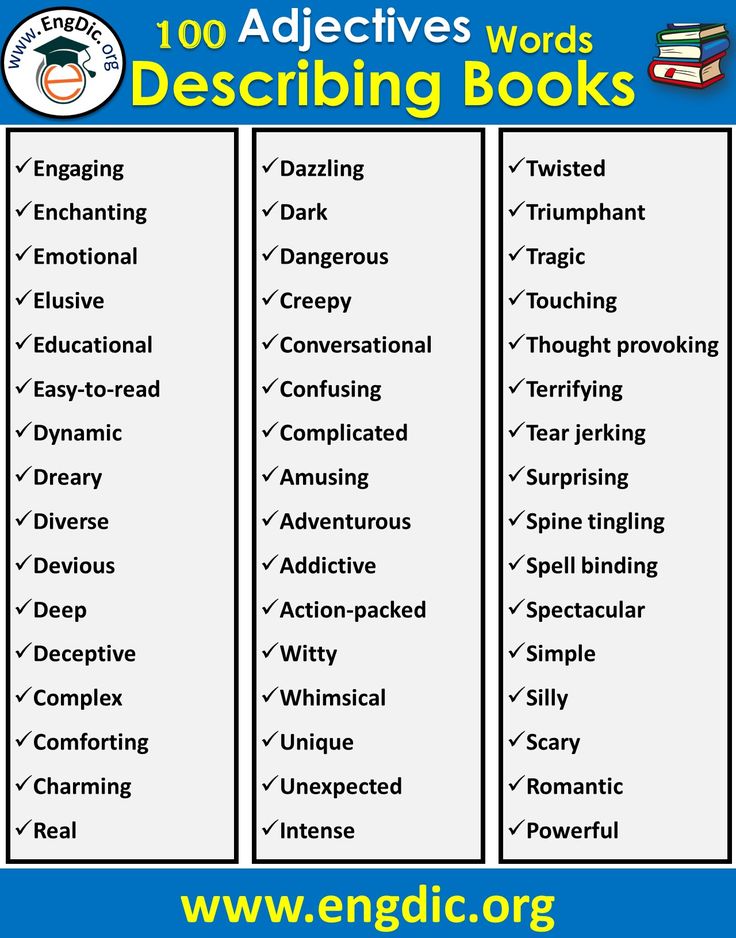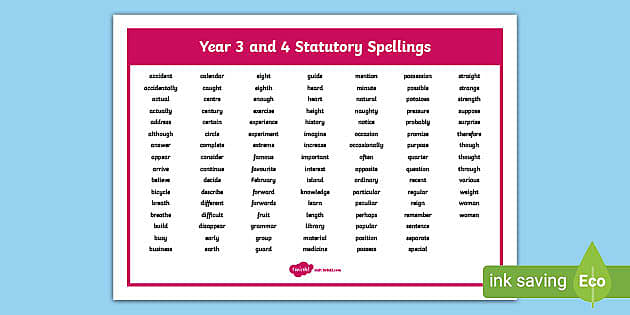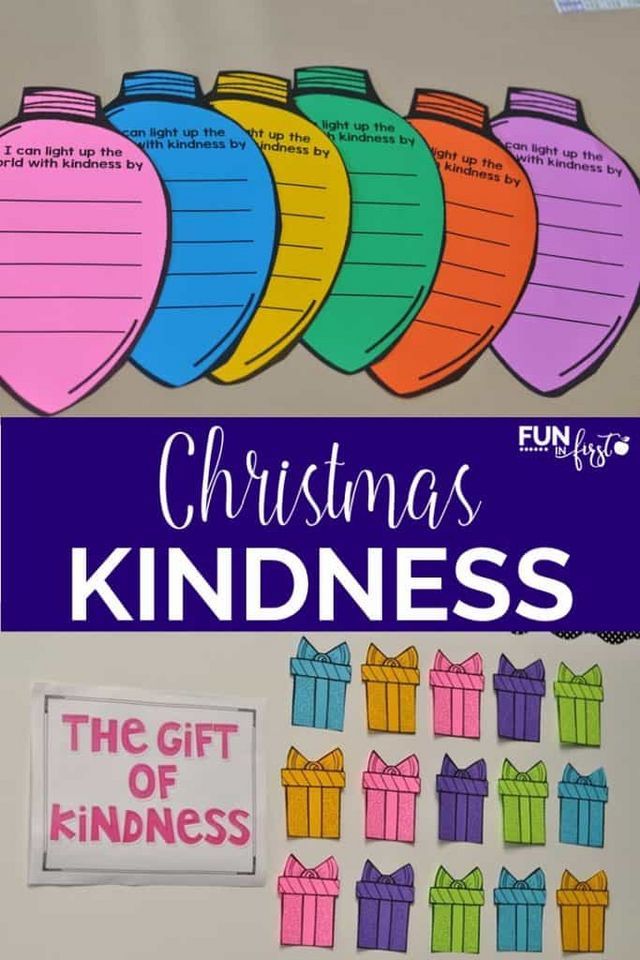What are adje
Adjectives: Definition and Examples
by Craig Shrives
This Page Includes...
- Video
- Printable & Sendable Test
- Why Adjectives Are Important
- Key Points
What Are Adjectives? (with Examples)
Adjectives are words that describe people, places, or things. "Old," "green," and "cheerful" are examples of adjectives. (It might be useful to think of adjectives as "describing words.")
Here are some examples of adjectives in sentences:
- John is a tall man.
- New York is a busy city.
- This is a tasty apple.
Notice how the adjectives (the shaded words) describe "man," "city," and "apple." The words being described are called nouns. So, adjectives describe nouns.
More Examples of Adjectives
Here are some more examples of adjectives. (In each example, the adjective is highlighted.)
Adjective Before the Noun
An adjective usually comes directly before the noun it describes (or "modifies," as grammarians say).
- old man
- green coat
- cheerful one ("One" is a type of pronoun. Pronouns are words that replace nouns. So, adjectives can modify pronouns too.)
When adjectives are used like this, they're called attributive adjectives.
Adjective After the Noun
An adjective can come after the noun.
- Jack was old.
- It looks green.
- He seems cheerful.
In the three examples above, the adjectives follow linking verbs ("was," "looks," and "seems") to describe the noun or pronoun. (When adjectives are used like this, they're called predicate adjectives.)
(When adjectives are used like this, they're called predicate adjectives.)
Adjective Immediately After the Noun
Sometimes, an adjective comes immediately after a noun.
- the Princess Royal
- time immemorial
- body beautiful
- the best seats available
- the worst manners imaginable
When adjectives are used like this, they're called postpositive adjectives. Postpositive adjectives are more common with pronouns.
- someone interesting
- those present
- something evil
Infographic for Adjectives
This infographic shows where an adjective sits in relation to the noun it describes:
More about Adjectives
Descriptive Adjectives and Determiners
All the adjectives we've seen so far have been descriptive adjectives.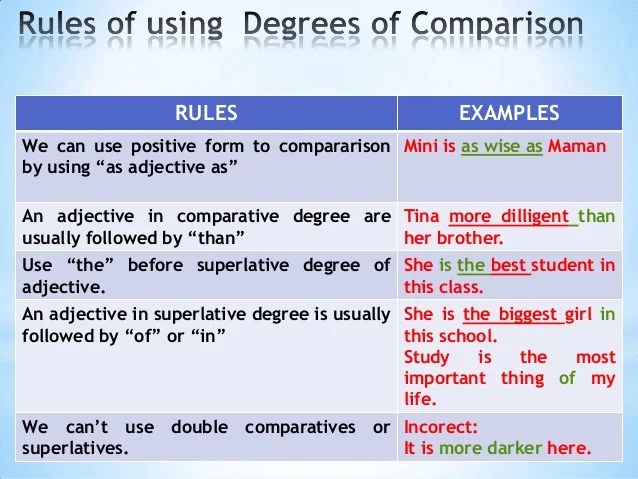 A descriptive adjective will usually fit into one of the following categories:
A descriptive adjective will usually fit into one of the following categories:
| Category | Example |
|---|---|
| Appearance | attractive, burly, clean, dusty |
| Colour | azure, blue, cyan, dark |
| Condition | absent, broken, careful, dead |
| Personality | annoying, brave, complex, dizzy |
| Quantity | ample, bountiful, countless, deficient |
| Sense | aromatic, bitter, cold, deafening |
| Size and Shape | angular, broad, circular, deep |
| Time | ancient, brief, concurrent, daily |
In traditional grammar, words like "his," "this," "many," and even "a" and "the" are also classified as adjectives. However, in contemporary grammar, such words are classified as determiners.
So, for many people, the word "adjective" refers only to descriptive adjectives. The rise of the term "determiner" means that we now have nine parts of speech, not the traditional eight.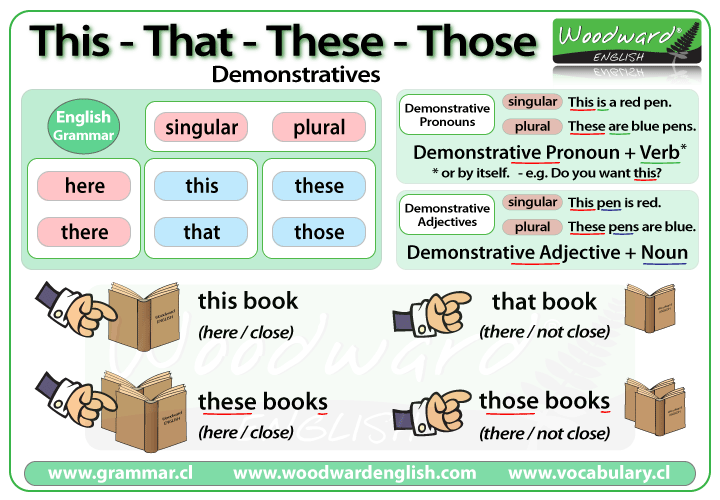
Video Lesson
Here is a video summarizing this lesson on adjectives.
More about Determiners
Here is a table showing the different types of determiners:
| Type | Examples | Possessive Determiners.
|
|
|---|---|
Demonstrative Determiners.
|
|
Articles.
|
|
Numbers (or Cardinal Numbers).
|
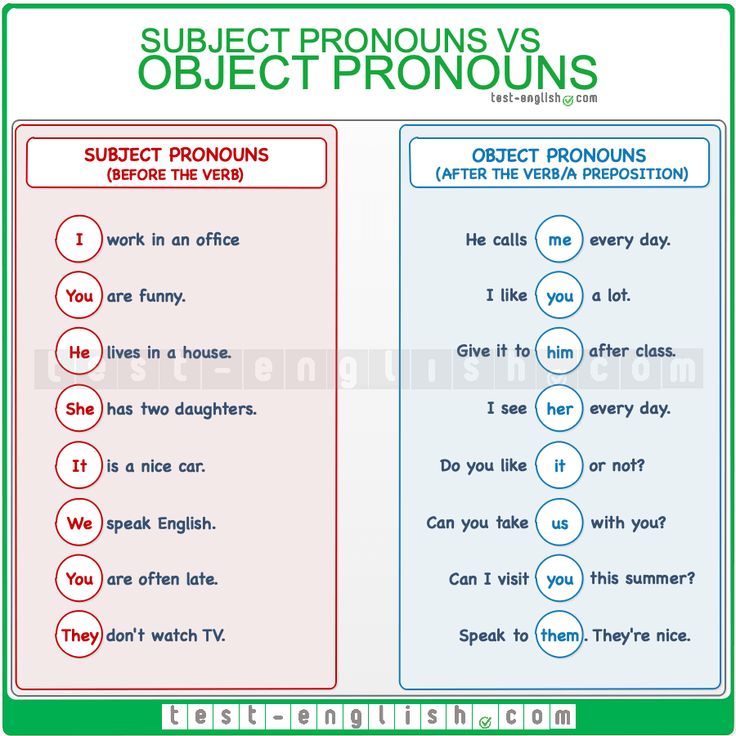
|
Indefinite Determiners.
|
|
Interrogative Determiners.
|
|
Read more about the difference between adjectives and determiners.
Nouns Used as Adjectives
Many words that are usually nouns can function as adjectives.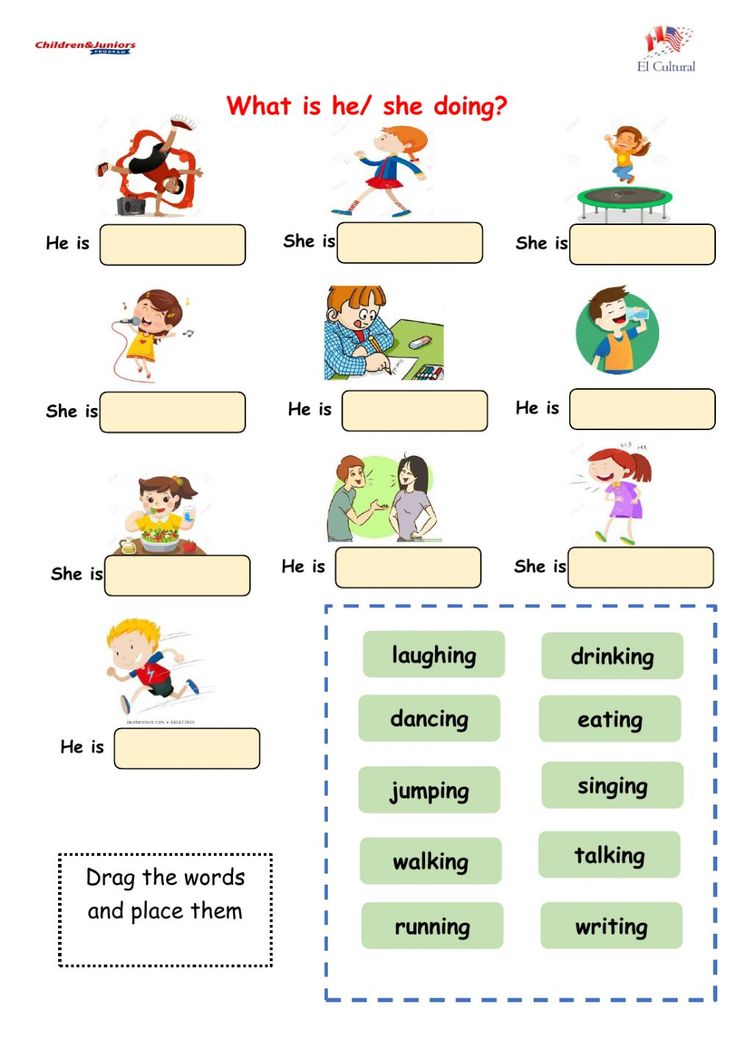 For example:
For example:
- autumn colours
- boat race
- computer shop
- Devon cream
- electricity board
- fruit fly
Here are some real-life examples:
- Not all face masks are created equal. (Entrepreneur Hannah Bronfman)
- You cannot make a revolution with silk gloves. (Premier Joseph Stalin)
When used like adjectives, nouns are known as attributive nouns.
Participles Used as Adjectives
Formed from a verb, a participle is a word that can be used as an adjective. There are two types of participle:
- The present participle (ending -"ing")
- The past participle (usually ending -"ed," -"d," -"t," -"en," or -"n")
Here are some examples of participles as adjectives:
- The most exciting phrase to hear in science, the one that heralds new discoveries, is not "Eureka!" but "That's funny.
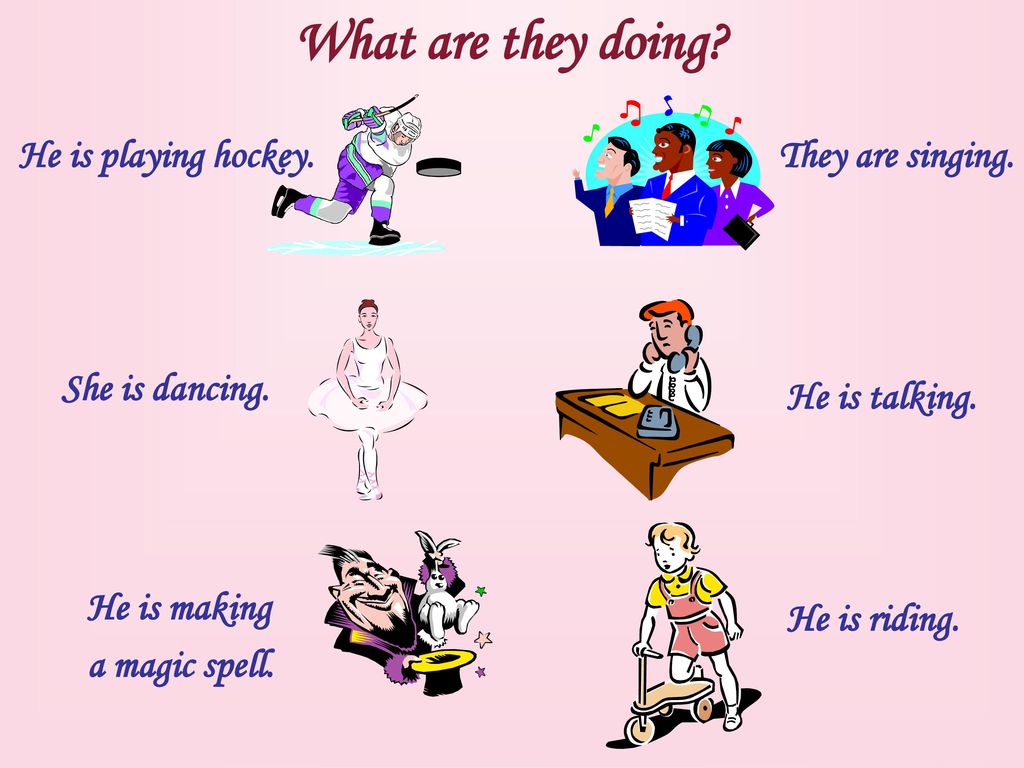 " (Writer Isaac Asimov)
" (Writer Isaac Asimov) - Always be wary of any helpful item that weighs less than its operating manual. (Author Terry Pratchett)
- While the spoken word can travel faster, you can't take it home in your hand. Only the written word can be absorbed wholly at the convenience of the reader. (Educator Kingman Brewster)
- We all have friends and loved ones who say 60 is the new 30. No, it's the new 60. (Fashion model Iman)
A participle is classified as a verbal (a verb form that functions as a noun or an adjective).
Infinitives Used as Adjectives
An infinitive verb (e.g., "to run," "to jump") can also function as an adjective.
- No human creature can give orders to love. (French novelist George Sand) (Here, the infinitive "to love" describes the noun "orders.")
- Progress is man's ability to complicate simplicity.
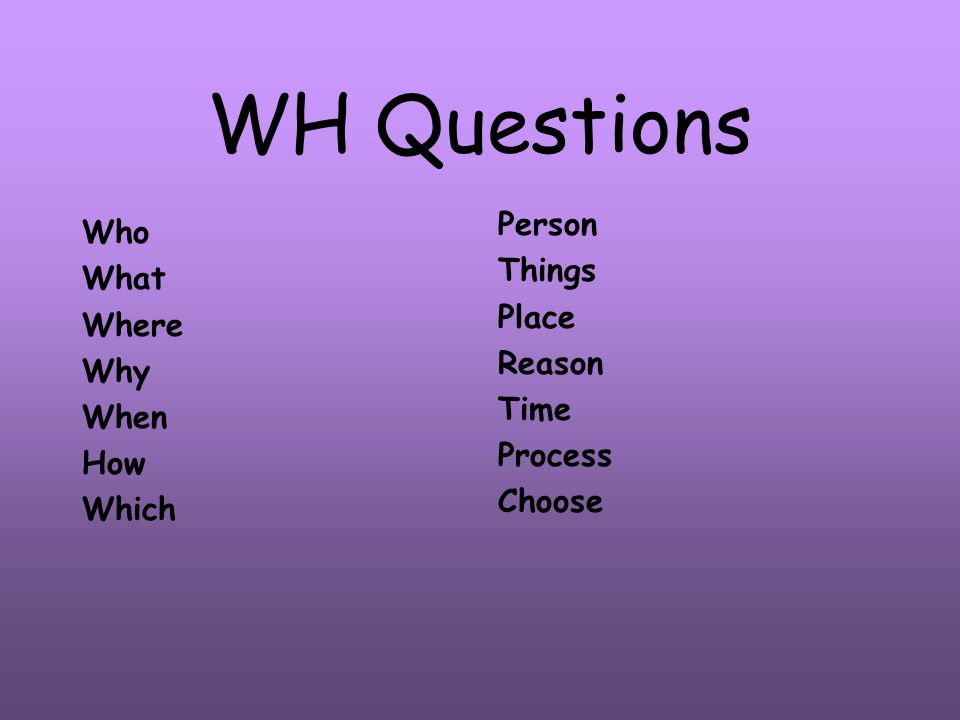 (Norwegian adventurer Thor Heyerdahl)
(An infinitive will often head its own phrase. Here, the infinitive phrase "to complicate simplicity" describes the noun "ability.")
(Norwegian adventurer Thor Heyerdahl)
(An infinitive will often head its own phrase. Here, the infinitive phrase "to complicate simplicity" describes the noun "ability.")
Read more about infinitive verbs.
The Order of Adjectives
When two or more adjectives are strung together, they should be ordered according to the following list:
| Placement | Type of Adjective | Examples |
|---|---|---|
| 1 | ||
| 2 | Quantity | one, three, ninety-nine |
| 3 | Opinion or Observation | beautiful, clever, witty, well-mannered |
| 4 | Size | big, medium-sized, small |
| 5 | Physical Quality | thin, lumpy, cluttered |
| 6 | Shape | square, round, long |
| 7 | Age | young, middle-aged, old |
| 8 | Colour/Color | red, blue, purple |
| 9 | Origin or Religion | French, Buddhist |
| 10 | Material | metal, leather, wooden |
| 11 | Type | L-shaped, two-sided, all-purpose |
| 12 |
Here is an example of a 14-adjective string (shaded) that is ordered correctly:
- my two lovely XL thin tubular new white Spanish metallic hinged correcting knee braces.
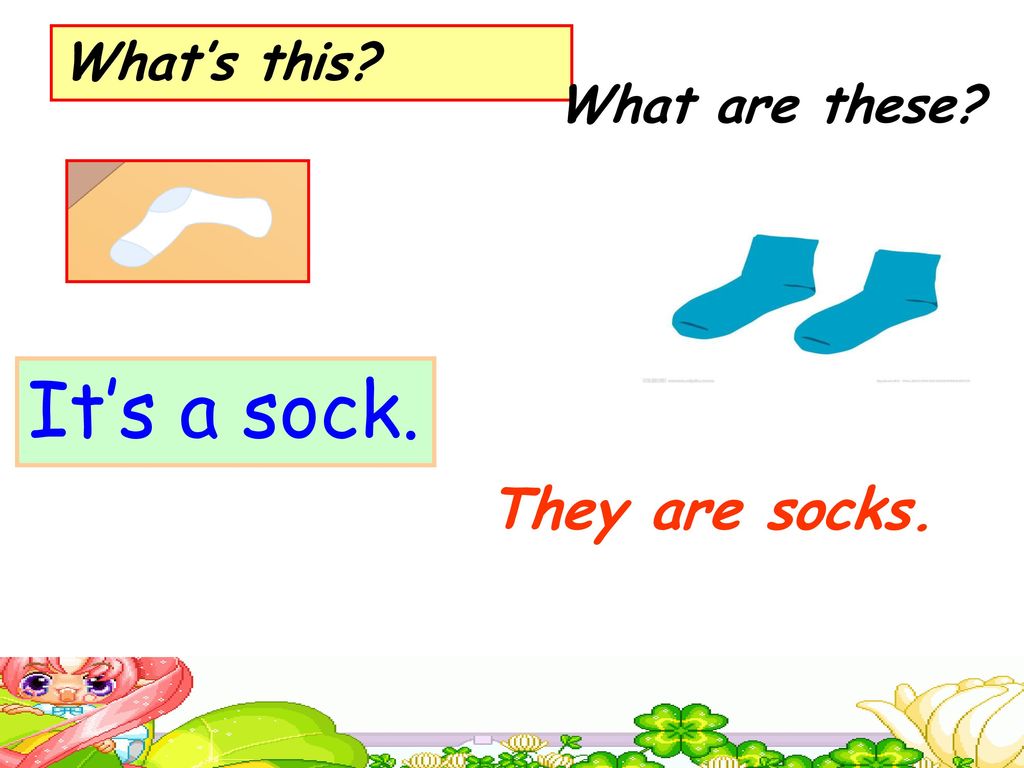
Regardless of how many adjectives are used (more than 3 is rare), the established order is still followed.
- That's a lovely mixing bowl (1: Determiner 2: Opinion 3: Purpose)
- Who's nicked my two black, wooden spoons? (1: Number 2: Colour 3: Material)
- Give your ticket to the Italian old waiter. (Age comes before origin. Therefore, "the old Italian waiter" would have been better.)
This list of precedence is not universally agreed, but all versions are similar. The area of most dispute is age and shape. The order can change for emphasis too. If there were two old waiters, one Italian and one Spanish, then the wrong example above would be correct, and the word "Italian" would be emphasized.
If you're a native English speaker, you are safe to ignore this list and let your instinct guide you.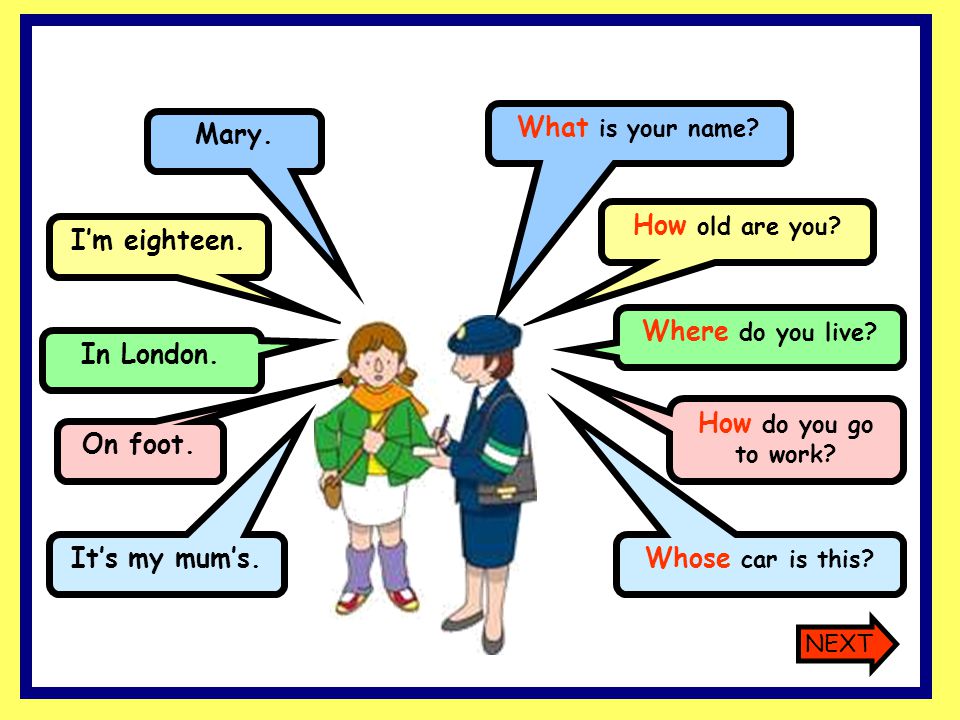 (Remarkably, you already know this, even if you don't know you know it.)
(Remarkably, you already know this, even if you don't know you know it.)
Using Commas with a List of Adjectives
In order to understand when to use commas between multiple adjectives, you must learn the difference between cumulative adjectives and coordinate adjectives.
With cumulative adjectives, specificity builds with each adjective, so you cannot separate cumulative adjectives with commas, and they must follow the order of precedence in the table above. Coordinate adjectives are different. They describe the noun independently, which means they can follow any order. Coordinate adjectives should be separated with commas or the word "and." Here are some examples of each type:
Cumulative adjectives:
- A bright green metal mixing bowl (These are cumulative adjectives. Their order cannot be changed. They follow the precedent list. There are no commas.)
Coordinate adjectives:
- A green, lumpy bowl
- A lumpy, green bowl (These are coordinate adjectives.
 As shown, their order can be changed. They should be separated with commas or the word "and.")
As shown, their order can be changed. They should be separated with commas or the word "and.")
Read more about the order of adjectives and punctuating them.
Compound Adjectives
Not all adjectives are single words. Often, a single adjective will consist of two or more words. A single adjective with more than one word is called a compound adjective. For example:
- Happiness is having a large, loving, caring, close-knit family in another city. (Comedian George Burns)
- Be a good-looking corpse. Leave a good-looking tattoo. (Actor Ed Westwick)
- I like the busted-nose look. (Actor Peter Dinklage)
Compound adjectives are usually grouped with hyphens to show they are one adjective.
Read more about compound adjectives.
Adjective Phrases
In real-life sentences, adjectives are often accompanied by modifiers like adverbs (e. g., "very," "extremely") and prepositional phrases (e.g., "...with me," "...about the man"). In other words, an adjective (shown in bold) will often feature in an "adjective phrase" (shaded).
g., "very," "extremely") and prepositional phrases (e.g., "...with me," "...about the man"). In other words, an adjective (shown in bold) will often feature in an "adjective phrase" (shaded).
- My bankers are very happy with me. (The popstar formerly known as Prince) (In this example, the adjective phrase describes "bankers.")
- The dragonfly is an exceptionally beautiful insect but a fierce carnivore. (Here, the adjective phrase describes "insect.")
Here's a more formal definition:
Formal Definition for Adjective Phrase
An adjective phrase is a group of words headed by an adjective that describes a noun.Read more about adjective phrases.
Adjective Clauses
The last thing to say about adjectives is that clauses can also function as adjectives. With an adjective clause, the clause is linked to the noun being described with a relative pronoun ("who," "whom," "whose," "that," or "which") or a relative adverb ("when," "where," or "why"). Like all clauses, it will have a subject and a verb.
With an adjective clause, the clause is linked to the noun being described with a relative pronoun ("who," "whom," "whose," "that," or "which") or a relative adverb ("when," "where," or "why"). Like all clauses, it will have a subject and a verb.
- The people who make history are not the people who make it but the people who make it and then write about it. (Musician Julian Cope)
- I live in that solitude which is painful in youth but delicious in the years of maturity. (Physicist Albert Einstein) (It can start getting complicated. In the adjective clause above, "painful in youth" and "delicious in the years of maturity" are adjective phrases.)
Here's a formal definition:
Formal Definition for Adjective Clause
An adjective clause is a multi-word adjective that includes a subject and a verb.Read more about adjective clauses.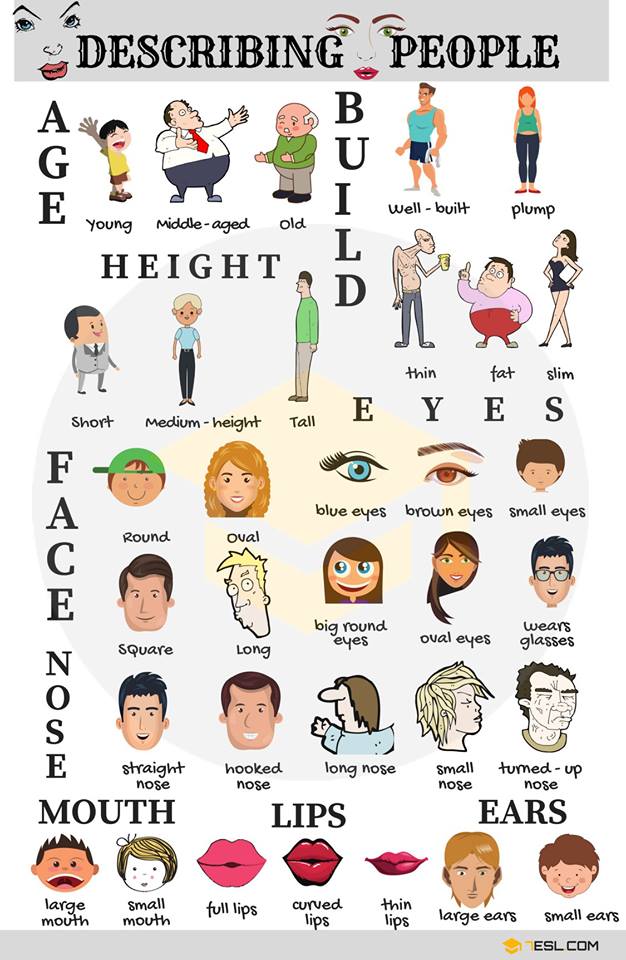
Why Adjectives Are Important
This section covers a lot of adjective-associated terms, most of which have their own pages that highlight their quirks and issues. Below are five top-level points linked to adjectives.
(Point 1) Reduce your word count with the right adjective.
Try to avoid using words like "very" and "extremely" to modify adjectives. Pick better adjectives.
- very happy boy > delighted boy
- very angry > livid
- extremely posh hotel > luxurious hotel
- really serious look > stern look
The examples above are not wrong, but they are not succinct. The best writing is precise and concise.
(Point 2) Reduce your word count by removing adjectives.
Picking the right noun can eliminate the need for an adjective.
- whaling ship > whaler
- disorderly crowd > mob
- organized political dissenting group > faction
You can also reduce your word count by removing redundant adjectives.
- joint cooperation > cooperation
- necessary requirement > requirement
- handwritten manuscript > manuscript
The examples above are not wrong, but they are not succinct. The needless repetition of a single concept is known as tautology.
(Point 3) Avoid incomprehensible strings of "adjectives."
In business writing (especially with technical subjects), it is not unusual to encounter strings of attributive nouns. In each example below, the attributive-noun string is shaded.
- Factor in the service level agreement completion time.
 (difficult to understand)
(difficult to understand) - Engineers will install the email retrieval process improvement software. (difficult)
- He heads the network services provision team. (difficult)
- The system needs a remote encryption setting reset. (difficult)
Noun strings like these are difficult to follow. If you use one, you will almost certainly bring the reading flow of your readers to a screeching halt as they stop to unpick the meaning, or, worse, they'll zone out and skim over your words without understanding them.
To avoid such barely intelligible noun strings, do one or all of the following:
- Completely rearrange the sentence.
- Convert one of the nouns to a verb.
- Use hyphens to highlight the compound adjectives.
Here are the reworked sentences:
- Factor in the time to complete the service-level agreement.
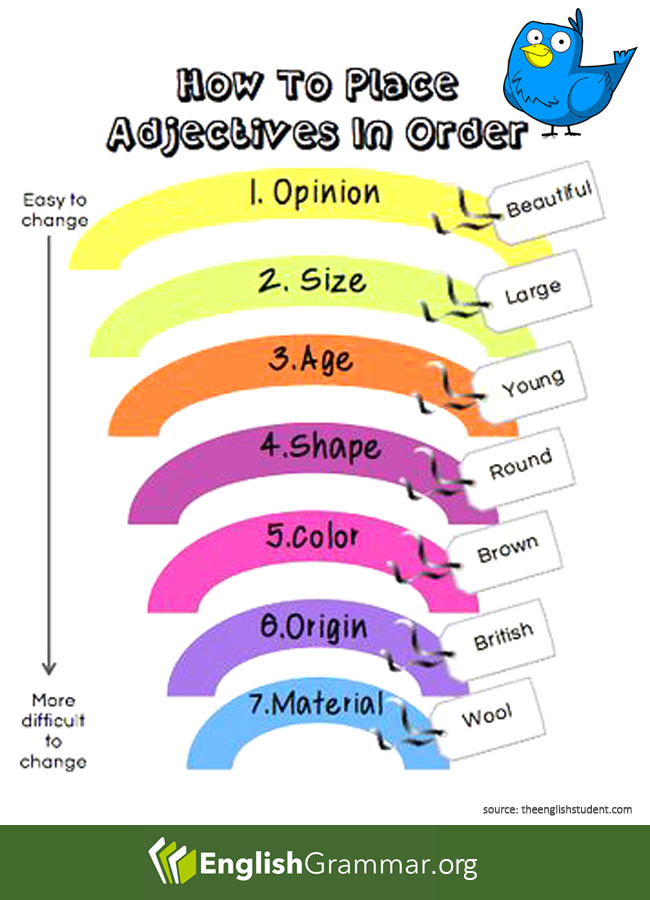 (better)
(better) - Engineers will install the software to improve the email-retrieval process. (better)
- He heads the team providing network services. (better)
- The system needs a reset of the remote-encryption setting. (better)
(Point 4) Don't complete a linking verb with an adverb.
Most writers correctly use an adjective after a linking verb.
- It tastes nice. It smells nice. It seems nice. By Jove, it is nice.
There's an issue though. For some, the linking verb "to feel" doesn't feel like a linking verb and, knowing that adverbs modify verbs, they use an adverb.
- I feel badly for letting you down. ("Badly" is an adverb. It should be "bad.")
This error happens with other linking verbs too, but it's most common with "to feel.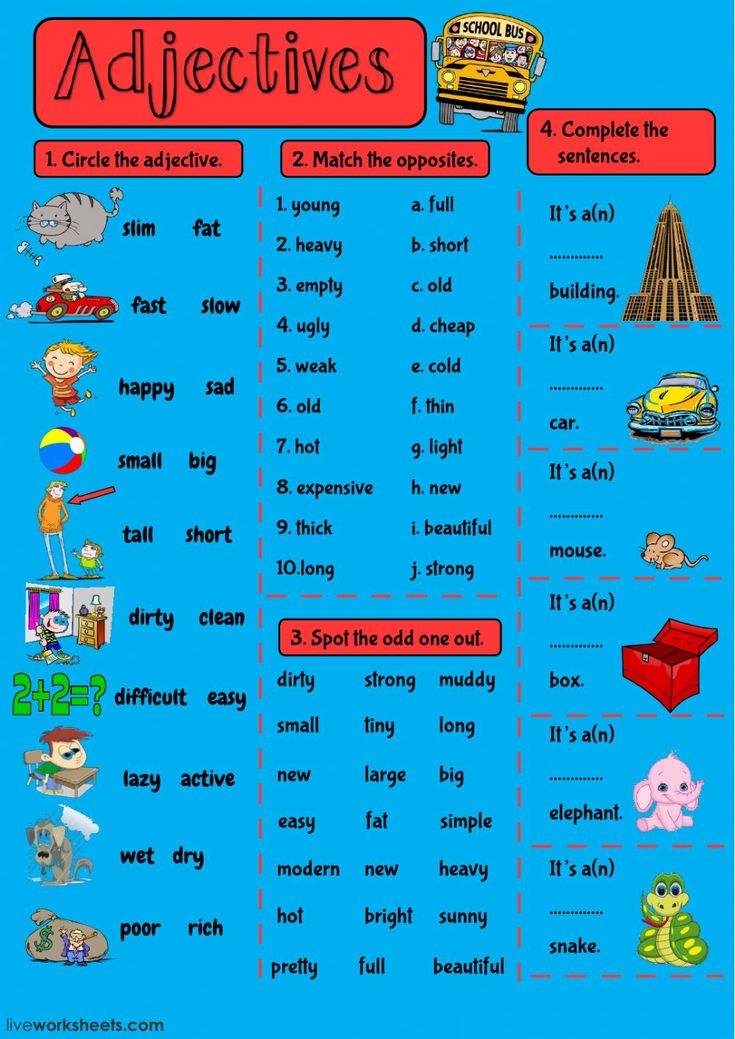 "
"
- Bad service and food tasted awfully. (Title of an online restaurant review by "Vanessa") ("Awfully" is an adverb. It should be "awful.")
(Point 5) Use postpositive adjectives for emphasis.
Putting an adjective immediately after a noun (i.e., using the adjective postpositively) is a technique for creating emphasis. (The deliberate changing of normal word order for emphasis is called anastrophe.)
- I suppressed my thoughts sinful and revengeful.
- The sea stormy and perilous steadily proceeded.
Key Points
Printable Test
Help Us Improve Grammar Monster
- Do you disagree with something on this page?
- Did you spot a typo?
Find Us Quicker!
- When using a search engine (e.g., Google, Bing), you will find Grammar Monster quicker if you add #gm to your search term.

All the Parts of Speech
Here is a video for beginners that summarizes all the parts of speech.
Next lesson >
See Also
adjectives for kidsverbs for kidsWhat are compound adjectives?Adjectives game (bubble-pop game)Adjectives game (whack-a-word)Adjectives game (fish game)A more advanced test on adjectivesCompound adjectivesDemonstrative adjectivesIndefinite adjectivesInterrogative adjectivesPredicate adjectivesParticiplesPossessive adjectivesWhat is the difference between adjectives and determiners?
Page URL
Adjective Definition, Usage & List of Examples
Parts of speech
- Adjectives
- Adverbs
- Conjunctions
- Interjections
- Nouns
- Prepositions
- Pronouns
- Verbs
Adjectives are words that are used to describe or modify nouns or pronouns. For example, red, quick, happy, and obnoxious are adjectives because they can describe things—a red hat, the quick rabbit, a happy duck, an obnoxious person.
For example, red, quick, happy, and obnoxious are adjectives because they can describe things—a red hat, the quick rabbit, a happy duck, an obnoxious person.
How Adjectives Work
Adjectives take many forms. Some common adjectives are formed when we add a suffix to a noun or verb. For example, when we add the suffix -ful to the noun beauty, makes the adjective beautiful, and adding the suffix -able to the verb read makes the adjective readable. Other suffixes often used to create adjectives include -al, -ary, -able and –ible, –ish, -ic, -ical, -less, -like, -ous, -some, and -y. Some adjectives take the form of participles (verbs ending in -ed or -ing), and many others are not formed from nouns or verbs but are original in themselves—for example, close, deep, slow.
Though we usually think of adjectives as words, these parts of speech are phrases and clauses can also function adjectivally.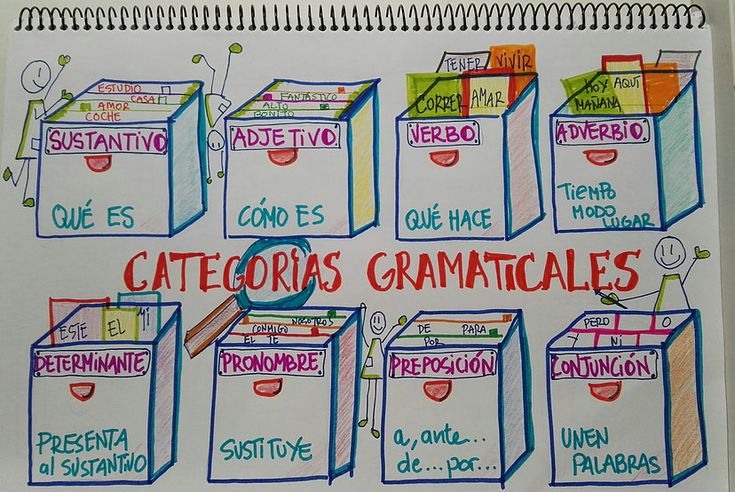 For example, in the sentence,“The man wearing the hat winked at me,” the phrase wearing a hat modifiesthe noun man, so it is an adjective phrase. And in the sentence, “The man, who was carrying a book, winked at me,” who was carrying a book is a clause modifying the noun man, so it is an adjective clause.
For example, in the sentence,“The man wearing the hat winked at me,” the phrase wearing a hat modifiesthe noun man, so it is an adjective phrase. And in the sentence, “The man, who was carrying a book, winked at me,” who was carrying a book is a clause modifying the noun man, so it is an adjective clause.
We know that adjectives describe nouns and pronouns, while adverbs describe verbs. For example, “lavish lifestyle” is an adjective phrase where “lavish” is the adjective and “lifestyle” is the noun it modifies. “living lavishly” is an adverbial phrase, where “living” is a verb and “lavishly” is an adverb.
However, this difference is incomplete. Adjectives can also be objective complements for linking verbs. For example:
- You seem happy about your new partner.
- I feel bad about eating the last slice.
- She doesn’t feel good enough for him.
In the first sentence, “happy” is an adjective that complements the noun “seems. ” In the second sentence, the adjective “bad” complements “feel.”
” In the second sentence, the adjective “bad” complements “feel.”
The lack of knowledge about adjectives being complements for linking verbs is the reason for a common type of grammatical error. Many incorrectly use an adverb instead of a predicate adjective. Instead of saying “I feel bad,” some say, “I feel badly.”
Some of us only know that adjectives go hand in hand with nouns and pronouns. That is why the verb “feel” seems to look for an adverb instead of an adjective.
Consider the adjective “good,” whose adverb counterpart is “well” instead of “goodly.” To “smell good” is a correct statement because it means that someone or something has a good smell.
To “smell well” may also be correct, but it has a different meaning. It could mean someone has a good sense of smell.
Adjective placement
In relation to nouns
In general, an adjective goes before the noun it modifies, it most cases it will precede the noun, unless special emphasis on the adjective is needed.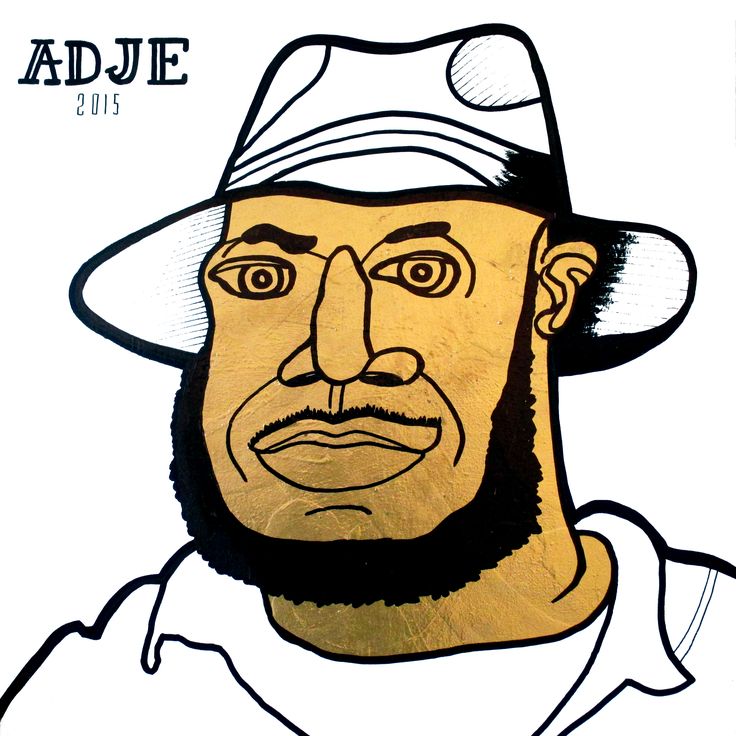 In a pair of words, the second is usually perceived to have greater emphasis. So, in these examples, the noun has the most emphasis:
In a pair of words, the second is usually perceived to have greater emphasis. So, in these examples, the noun has the most emphasis:
old dog
burnt trees
And in these, the adjective is emphasized:
songs half-heard
words unspoken
Adjectives that come after the nouns they modify are postpositive adjectives. These are rare in English, but there are a few adjectives that are always postpositive (galore, extraordinaire), and adjectives are sometimes postpositive when the writer wants to sound poetic.
Adjective Order
As most adjectives are placed before the noun that they are modifying, there are some general rules for deciding in which order to list multiple adjectives. The general guidelines are as follows:
- Opinion or quality – such as beautiful or priceless
- Number or quantity – such as few, an or three
- Size – such as gargantuan or petite
- Shape – such as square or oblong
- Age – such as young or aged
- Color – such as red, pink or ash
- Origin – such as Greek or Dutch
- Material – such as wooden or plastic
- Qualifier – the qualifier is an adjective that denotes the item’s type or purpose, some examples are evening bag and cooking pot
This list may vary slightly from style guide to style guide, though the components are the same.
Demonstrative adjectives
Demonstrative adjectives are used to indicate a particular noun or pronoun in a sentences. The demonstrative adjective is helpful when two or more people or things are being referenced, and the writer wants to clearly pinpoint which person or thing is meant. Some examples of the use of demonstrative adjectives:
this dog bit my toe, but that dog licked my face
these clothes have been washed, those clothes are still dirty
With possessives
When an adjective is used to describe a noun denoting something owned, the adjective should follow the possessive noun or pronoun:
my sister’s yellow watch
the girls’ blue shoes
her husband’s warm embrace
Possessive Adjectives
The possessive adjective, also known as a possessive determiner, is used to indicate ownership, or it may indicate a close relationship. Possessive adjectives are whose, my, your, our, its, her, his, their.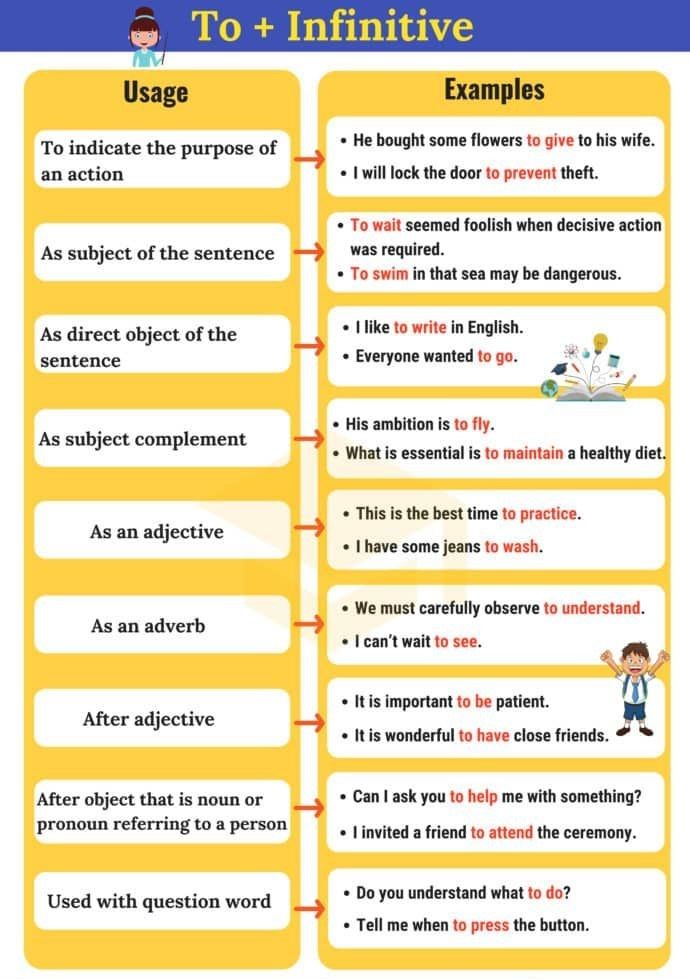 Possessive adjectives differ from possessive pronouns. Remember, a possessive adjective modifies a noun. A possessive pronoun is used in the place of a noun.
Possessive adjectives differ from possessive pronouns. Remember, a possessive adjective modifies a noun. A possessive pronoun is used in the place of a noun.
Introducing the subject
An adjective, especially a participial adjective, may introduce the subject of a sentence. Such an adjective is usually set apart by a comma:
Running, she made it home in time.
Big and white, the birds land recklessly.
With such sentences, make sure the introductory adjective applies directly to the noun it modifies. Otherwise, the adjective becomes a dangler—for example:
Playing video games, the hours just flew by.
The subject of this sentence is the hours, and it’s not the hours that are playing video games. Most English speakers would infer the meaning of this sentence, but it is nevertheless poorly formed.
Predicate adjectives
A predicate adjective is a descriptive adjective or word that, along with a linking verb, functions as the predicate of a sentence.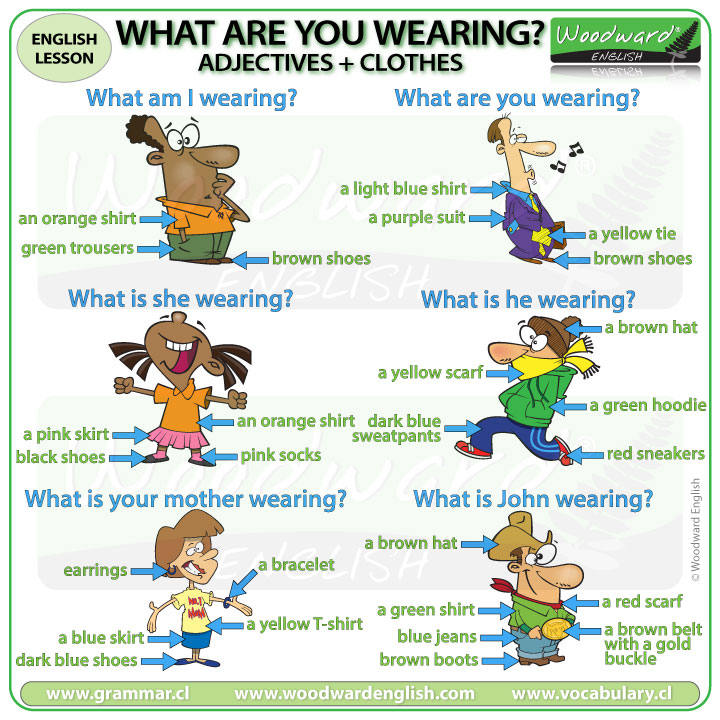 The underlined words in the below examples are predicate adjectives, each applying to the subject of its sentence:
The underlined words in the below examples are predicate adjectives, each applying to the subject of its sentence:
The kittens were unimpressed.
The sky was multicolored.
The stove is very clean.
The haughty bureaucrats visiting the magical village in the middle of the forest on the second day of the Year of the Rat were distracted.
Three Forms Of Adjectives
In English, there are three forms of adjectives:
- Positive adjectives (e.g., rich): express a quality of an object without comparing it to anything else.
- Comparative adjectives (e.g., richer): compare two things or groups of things.
- Superlative adjectives (e.g., richest): express that one thing has a quality to a greater degree than two or more other things.
Forming comparatives and superlatives
- For comparing two things, the -est suffix is never appropriate, though this rule is often broken in informal speech and writing.
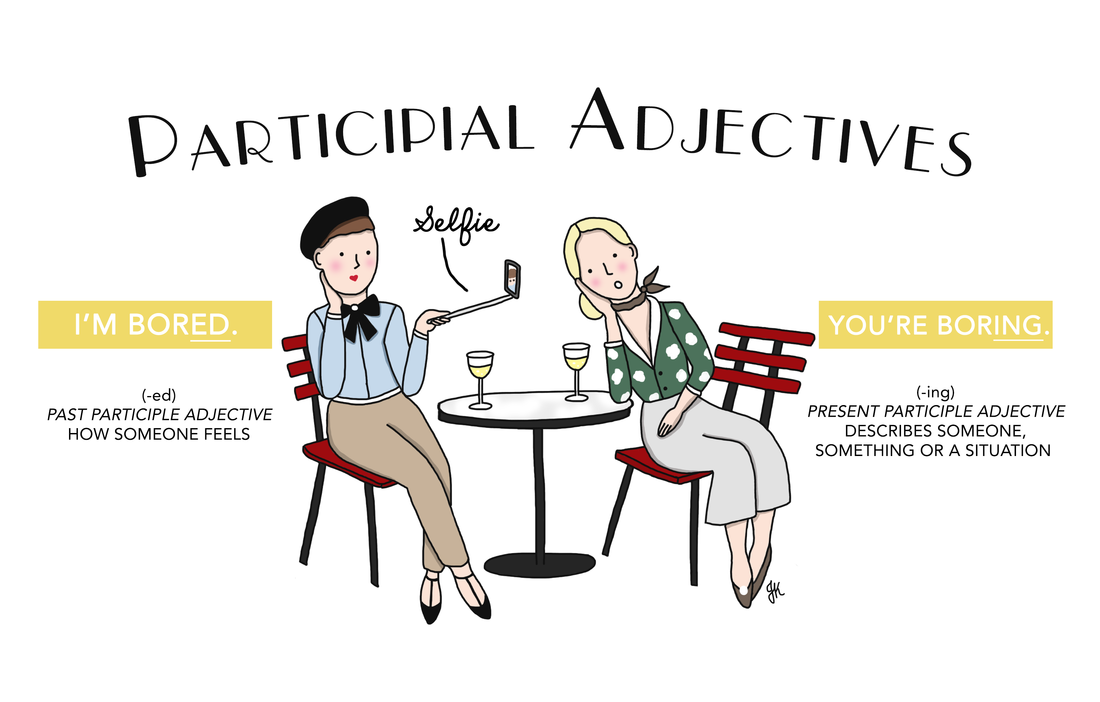
- To create a comparative or superlative adjective out of a single-syllable adjective ending in a single vowel followed by a single consonant, double the consonant and add the suffix—e.g., fat, fatter, fattest.
- When the positive adjective ends in a silent e, remove the e and add the suffix—e.g., late, later, latest.
- Adjectives of three or more syllables use more and most instead of -er and -est—e.g., familiar, more familiar, most familiar.
- Some adjectives of two syllables also take more and most—e.g., active, more active, most active. Some use the comparative and superlative suffixes—e.g., shabby, shabbier, shabbiest. There is no easy way to know which words fall into which category, so they must be memorized.
- Participles used as adjectives take more and most instead of -er and -est—e.
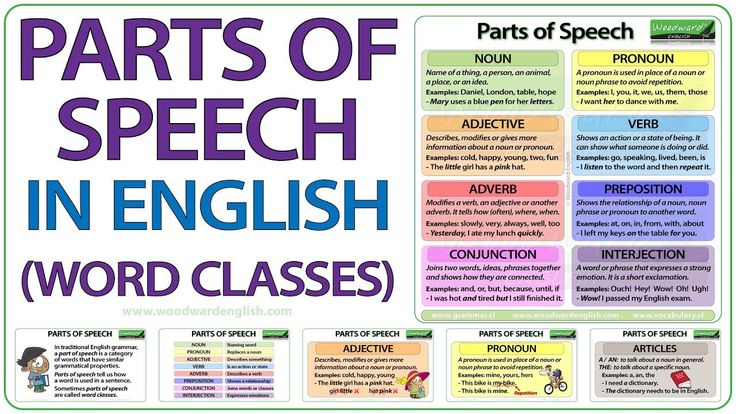 g, outmoded, more outmoded, most outmoded; boring, more boring, most boring.
g, outmoded, more outmoded, most outmoded; boring, more boring, most boring.
We need at least two subjects to compare to express comparison. But to use the superlative form of an adjective for two subjects is incorrect.
Grammarians in the 18th century believed it was inappropriate to use a superlative of two. One should state that something is better of the two instead of being the best.
Instead of saying, “she’s the tallest among the twins,” it should be “she’s taller among the twins.”
If a group only had Nicole and Nick, Nicole would be smarter, and Nick would be sportier. But it would be ungrammatical to say that Nicole is the smartest.
Many linguists have protested against this grammar rule. But the Dictionary of English Usage calls this a “perfect shibboleth.” It means it doesn’t have any purpose but to separate those who follow the rules from those who do not.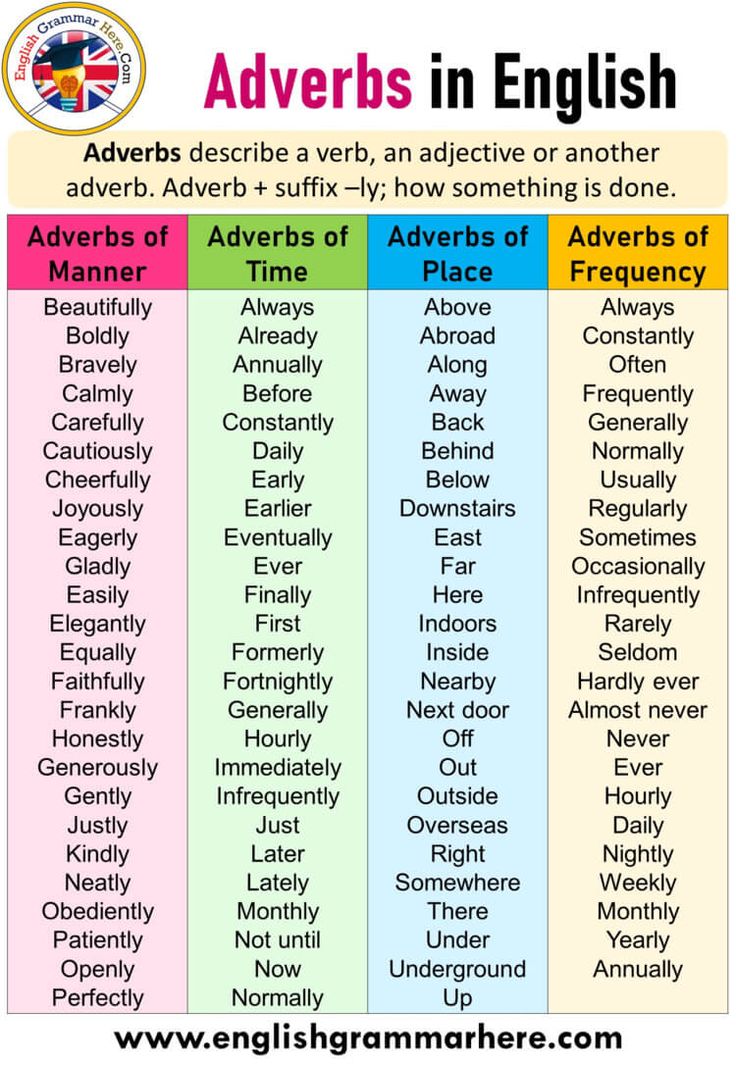
Several writers also used superlatives of two in their pieces. Using it in an informal context may be acceptable as long as the person you’re talking to understands you. But for certainty, always use the comparative degree for two subjects.
Irregular comparative and superlative adjectives
A few adjectives have irregular comparative and superlative forms. These are the most common:
- bad, worse, worst
- far, farther/further, farthest/furthest
- good, better, best
- old (referring to people), elder, eldest
Participial adjectives
A participial adjective is a past participle (i.e., an -ed word) or present participle (an -ing word) that functions as an adjective. Participial adjectives work like any other type of adjective. For example, the participle in each of these phrases modifies the noun that follows:
the emptied boxes
a flashing light
the undulating waves
the crashed jetliner
When a participial adjective appears before the main clause of a sentence, the participle should come directly before the noun in the main clause.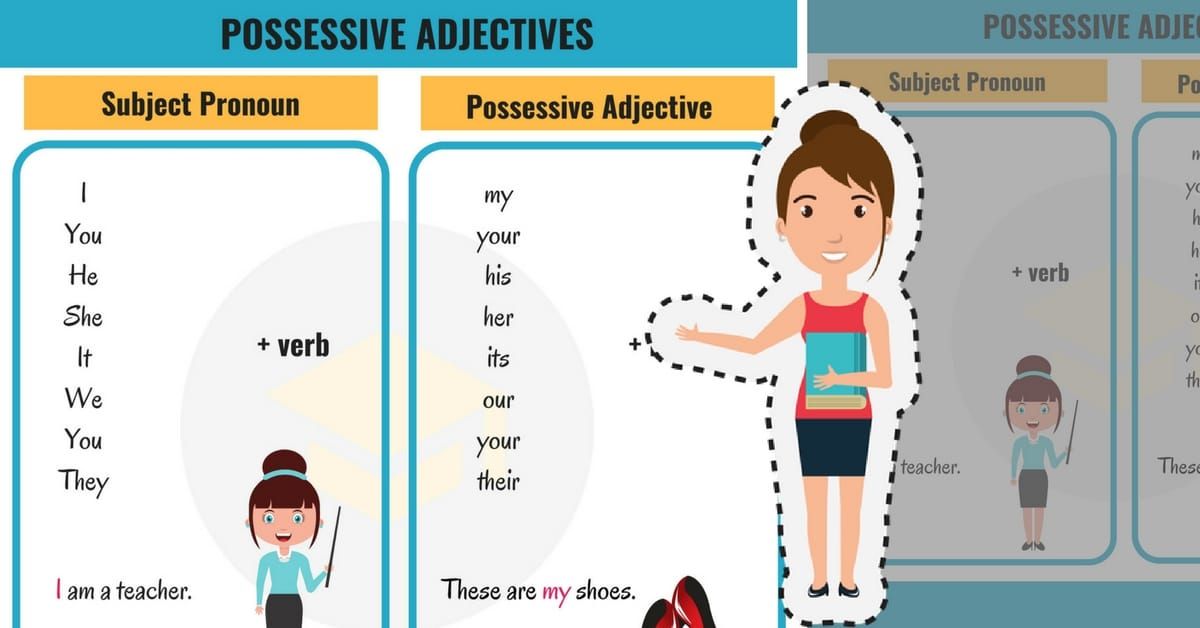 Otherwise, it becomes a dangler. For example, this is troublesome:
Otherwise, it becomes a dangler. For example, this is troublesome:
Once emptied, we put the boxes in the basement.
With this construction, the participial adjective emptied applies to the pronounwe, and we is obviously not what emptied is supposed to apply to. One way to revise this sentence would be,
Once the boxes were empty, we put them in the basement.
Proper adjectives
A proper adjective is an adjective derived from a proper noun. They usually begin with capital letters—for example:
Iranian embassy
Spanish galleon
Napoleonic warfare
Germanic tribes
Australian dollar
A noun modified by a proper adjective should not be capitalized. For example, Iranian Embassy and Spanish Galleon are incorrect.
In general, it’s best to avoid using a place name as an adjective when the name contains more than one word.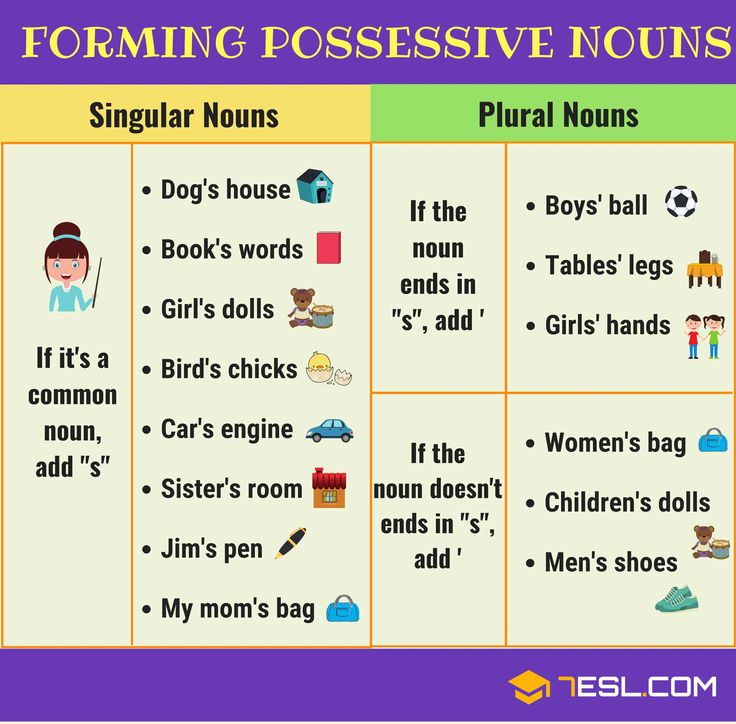 You can get away with phrases like New York minute or San Francisco fog, but, especially when the name has a comma, using it as an adjective makes the sentence difficult—for example:
You can get away with phrases like New York minute or San Francisco fog, but, especially when the name has a comma, using it as an adjective makes the sentence difficult—for example:
Nirvana, the Seattle, Washington band that had kicked off grunge’s breakthrough into mainstream music, was scheduled to headline the festival . . .
Some writers put another comma after the state, creating clunky sentences like this:
Both candidates mentioned meeting the Toledo, Ohio, man on the campaign trail, and tied him into their economic plans. [Daily Orange]
One way to fix sentences like these is to cut out the state name—the Seattle band, the Toledo man. If the city shares a name with other cities in other states, consider putting the state in parentheses—Charleston (West Virginia) man, the Columbus (Ohio) band.
When Nouns Become Adjectives and Adjectives Become NounsSometimes, we can use a noun to describe a fellow noun. These are called adjectival nouns. Here are some examples of this kind of adjective in sentences:
These are called adjectival nouns. Here are some examples of this kind of adjective in sentences:
- It’s a war story (War as the adjective and story as the noun).
- I like my English professor (English as the adjective and professor as the noun).
- She wore a tennis bracelet (Tennis as the adjective and bracelet as the noun).
Remember that “nouns as adjectives” always appear before the actual noun. “Saddle” describes the noun “bag,” but “bag” does not describe the noun “saddle.” Also, “English” modifies “professor,” but “professor” doesn’t modify “English.
But adjectives can also function as nouns. For example, when a person is “rich and famous,” we can simply say “the rich and famous” as a noun. The same is true for “sick people,” whom we can refer to as “the sick.” For example:
- The rich and famous only have access to this private island.
- To shelter the homeless is one of the corporal works of mercy.
- The accused is found guilty.

Adjectives as nouns can be singular or plural. In the first sentence example above, “the rich and famous” refers to more than one rich and famous individual. In the last example, “the accused” is only one person.
You can also use adjectives as nouns without the article “the.” Here are some examples:
- I work in the nursing home to take care of our elders.
- The government should protect minors by raising the age of consent.
Another characteristic of adjectives as nouns is that they don’t use an apostrophe and s (‘s) to show ownership. Instead of saying “the wealthy’s demand,” one can say the long form “the demand of the wealthy.” Instead of saying “the poor’s struggle,” it should be “the struggle of the poor.”
See Also Examples of Adjectives
- For a list of adjectives derived from animals (e.g. asinine, feline), see animal adjectives.
- If you’re wondering how to use adjectives made of multiple words, see phrasal adjectives.
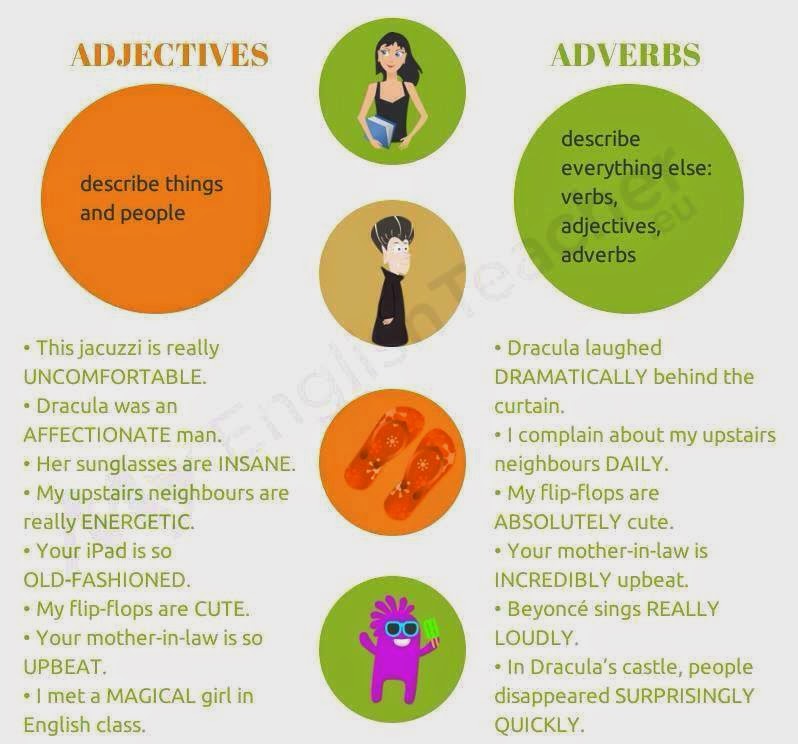
- For adjectives that limit nouns, see definite and indefinite articles.
Final Words
I hope this has clarified what an adjective is and how to properly use it. The English language is one of the hardest in the world to learn, even for someone who is an English speaker. So, don’t worry if it takes time to learn the ropes of things like types of adjectives, the difference between adjectives, or how to use them to make grammatical sense in writing.
If you have further questions about anything from the use of a single adjective to demonstrative pronouns, let us know!
Adjective
Meaning and grammatical features of the adjective.
Adjective is a part of speech that denotes a sign of an object and answers the questions what? which? which? whose?
Note. Under the attribute in grammar, it is customary to understand the properties, belonging, quantities, etc., characterizing objects.
According to the meaning and form, the categories of adjectives are distinguished: qualitative, relative and possessive. Adjectives, depending on nouns, agree with them, i.e. are put in the same case, number, gender as the nouns to which they refer. The initial form of adjectives is the nominative case in the singular masculine. Adjectives come in full and short (only qualitative ones). In a sentence, adjectives in full form, as a rule, are agreed definitions, sometimes they are the nominal part of the compound predicate. Short form adjectives are used only as predicates. Qualitative adjectives have a comparative and a superlative degree.
Adjectives, depending on nouns, agree with them, i.e. are put in the same case, number, gender as the nouns to which they refer. The initial form of adjectives is the nominative case in the singular masculine. Adjectives come in full and short (only qualitative ones). In a sentence, adjectives in full form, as a rule, are agreed definitions, sometimes they are the nominal part of the compound predicate. Short form adjectives are used only as predicates. Qualitative adjectives have a comparative and a superlative degree.
Qualitative adjectives.
Qualitative adjectives denote such a sign (quality) of an object that can be in this object to a greater or lesser extent.
Qualitative adjectives designate an attribute of an object according to:
- shape (straight, angled)
- size (narrow, low)
- color (red, lemon)
- property (tough, tough)
- to taste (bitter, salty)
- weight (heavy, weightless)
- smell (odorous, fragrant)
- temperature (warm, cool)
- sound (loud, quiet)
- general assessment (important, harmful)
- etc.

Most quality adjectives have full and short forms. Full form changes by cases, numbers and gender. Adjectives in short form change by number and gender. Short adjectives are not declined; in a sentence are used as predicates. Some adjectives are used only in short form: much, glad, must, need . Some qualitative adjectives do not have a corresponding short form: adjectives with suffixes denoting a high degree of attribute, and an adjective that is part of terminological names (fast train, deep rear).
Qualitative adjectives can be combined with an adverb is very , have antonyms. Qualitative adjectives have comparative and superlative . In form, each degree can be simple (consists of one word) and compound (consists of two words): harder, quietest.
Comparative degree. Comparative degree shows that in one or another subject a feature appears to a greater or lesser extent than in another.
Superlatives. Superlative degree shows that one or another object is superior to other objects in some way.
Relative adjectives.
Relative adjectives denote such a feature of an object that cannot be in the object to a greater or lesser extent. Relative adjectives do not have a short form, degrees of comparison, do not combine with the adverb very , do not have antonyms. Relative adjectives change by case, number and gender (singular).
Relative adjectives denote :
- material (wooden spoon, clay pot)
- number (five-year-old daughter, two-story house)
- location (river port, steppe wind)
- time (last year's plan, January frosts)
- appointment (washing machine, passenger train)
- weight, length, measure (meter stick, quarter plan)
- etc.
Possessive adjectives.
Possessive adjectives indicate that something belongs to a person and answer questions whose? whose? whose? whose? Possessive adjectives change by case, number and gender.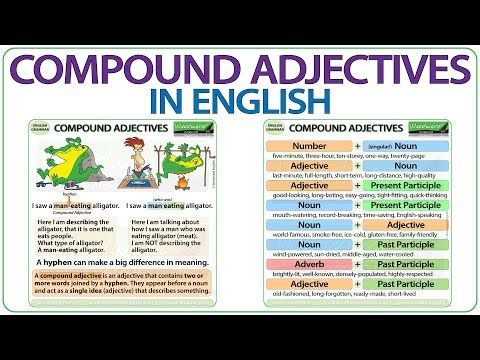
Morphological analysis of the adjective.
I. Part of speech. General value. II. Morphological characters: 1. Initial form (nominative singular masculine). 2. Constant signs: qualitative, relative or possessive. 3. Non-permanent attributes: 1) for quality ones: a) the degree of comparison, b) short and long form; 2) All adjectives: a) fall b) number c) genus. III. Syntactic role.
| Parts of speech |
Other notes on the Russian language and literature0001 Updated July 23, 2021 Views: 122 483 Author: Dmitry Petrov
Hello, dear readers of the KtoNaNovenkogo.ru blog. Today we will talk about what an ADJECTIVE is in Russian.
Every child goes through this topic at school, even in primary grades (from 2nd to 6th), but it will always be useful to remember.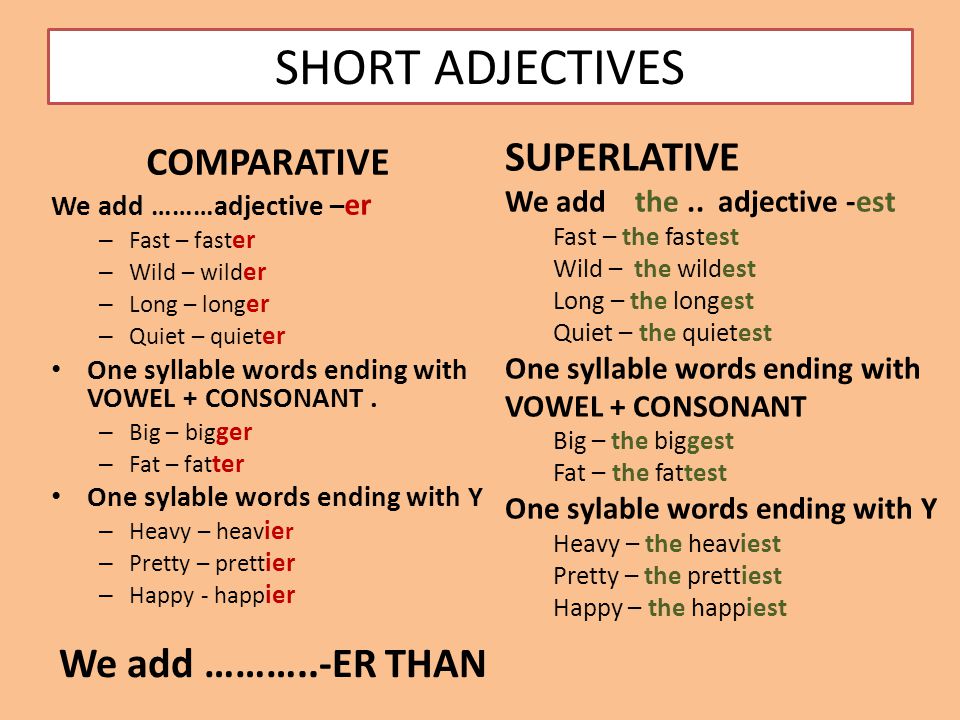
Adjective - what it is and what questions it answers
An adjective is an independent part of speech. It indicates a sign of an object that characterizes its appearance or properties, but not any process. Answers the questions "What?", "What?" and “Whose?”, as well as their derivatives, depending on gender and number.
For example:
- It is raining HARD (what?)
- There was a HAPPY (what?) smile on the child’s face
- There was a LONG (what?) weekend ahead
- He was SERIOUS (what?)
(whose?) lair
- She was wearing MOM'S (whose?) shoes
From these examples, one feature of adjectives can be immediately distinguished. In sentences, they are most often a definition, that is, additional members of a sentence. But sometimes, as in the example “He was harsh”, the adjective acts as a predicate (main member).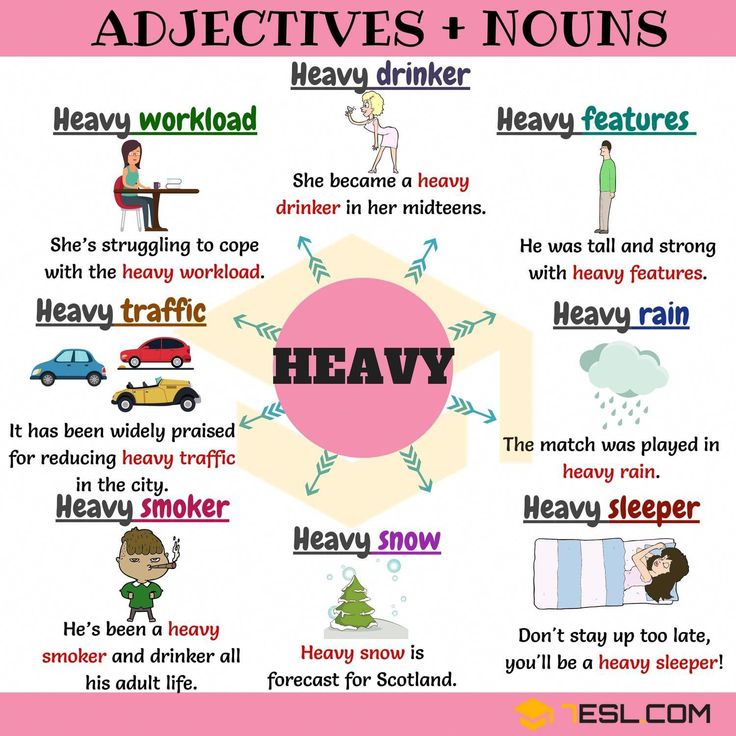
Morphological analysis and features of adjectives
All adjectives have a set of morphological features, which, in turn, are divided into permanent and non-permanent.
- One concept belongs to the first category - category .
- But there are several to the second at once - case, number, gender, form and degree of comparison .
And when schoolchildren are asked to conduct a morphological analysis of adjectives, this means that you need to indicate all the features inherent in a particular word. And also indicate its initial form (nominative case, singular, masculine) and what the adjective is in the sentence - a definition or a predicate.
Now let's talk in more detail about the features of adjectives.
Classes - qualitative adjectives, relative and possessive
All adjectives are divided into three categories :
- qualitative;
- relative;
- possessive.

Qualitative adjectives
A qualitative adjective refers to specific qualities of an object, such as age, weight, color, size, and so on.
For example, "OLD barn", "HEAVY stone", "HUGE mountain", "RED flag".
These adjectives are easy to recognize by the following features :
- Can be combined with the prefixes "very", "too" or "extremely". For example, "very handsome", "too young", "extremely smart".
- You can organize a compound adjective using word repetitions. For example, "old-old", "tasty-tasty".
- You can add the prefix "not" and completely change the meaning. For example, "NON-stupid", "NOT big", "NOT truthful".
- They have antonyms (words with opposite meanings. For example, "smart - stupid", "big - small", "kind - evil".
But if at least one attribute is suitable, then we can safely say that the adjective has a quality category .
Such qualitative adjectives can change depending on the degree of comparison. It can be positive, comparative or superlative.
It can be positive, comparative or superlative.
For example, "OLD - OLDER - OLDEST", "SMART - SMARTER - SMARTEST".
And finally, qualitative adjectives can be full or short - "KIND - KIND", "SERIOUS - SERIOUS", "BEAUTIFUL - BEAUTIFUL".
Relative adjectives
They denote a feature of an object that can no longer be changed up or down.
They talk about:
- what material it is made of - "WOODEN pole", "IRON rod"
- what area it refers to - "ENGLISH lord", "MOSCOW station"
- what is the purpose of the object - "WASHING powder", "TOOTH brush"
- what time does it refer to - "LAST YEAR'S snow", "TOMORROW"
Relative adjectives do not have a short form, degrees of comparison, antonyms and cannot be combined with the words "very" and "too".
Possessive adjectives
Possessive adjectives denote who or what an object belongs to.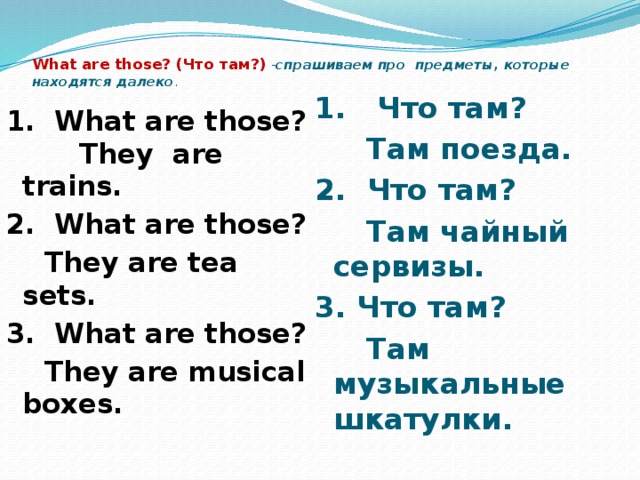
For example, "DAD'S belt", "FOX hole", "GRANDMA'S apartment".
Most adjectives have only one attribute, which remains unchanged.
But there are exceptions. The same adjective can be a qualitative, relative or possessive adjective. It all depends on the specific context. For example, DOG nose (qualitative), DOG pack (relative) and DOG life (qualitative).
Other signs of adjectives (cases, gender, numbers)
Adjectives can be different genders :
- MALE (what?) - kind, red, wet
- FEMALE (what?) - kind, red, wet
- MIDDLE (what?) - good, red, wet
:
- The only (what? Which?) - village, blue, strong
- multiple (which?) - Village, strong, strong
adjectives are inclined according to cases :
- nominative (which? what? what?) - the BRIGHT sun shone
- GENENTIVE (what? what? what?) - the BRIGHT sun was no longer visible
- DATIVE (what? what? what?) - I was glad of the BRIGHT sun
- ACCUSATIVE (what? what? what?) - I see the BRIGHT sun
- CREATIVE (what? what? what?) - enjoyed the BRIGHT sun
- PREPOSITIONAL (what? about what? about what?) - told friends about the BRIGHT sun
Spelling rules associated with adjectives
There are two main difficulties, that every student encounters when writing adjectives.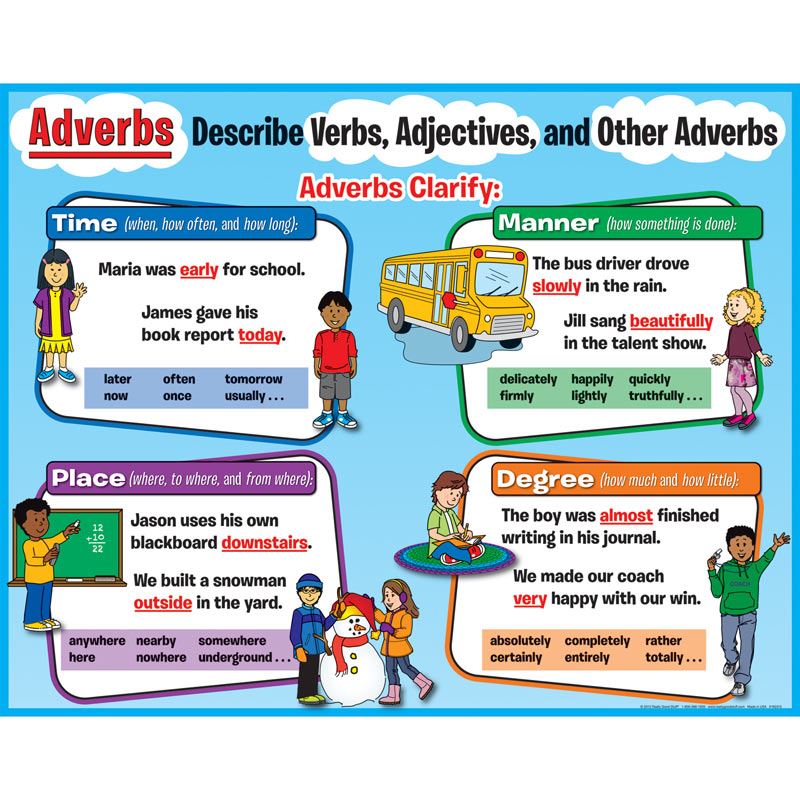
These are the correct letters in suffixes with one or two "H" and the spelling of the prefix "NOT".
Writing the prefix "NOT"
The prefix "NOT" is written together in the following cases:
- If adjectives without it are not used at all: nondescript, careless, impious, hateful.
- If you can find a synonym without "NOT": rather big - big, dishonest - deceitful, unmarried - single.
- If there are words that raise to the highest degree, for example, "extremely", "very", "completely" and so on. Very timid, almost intelligent, very out of place.
The prefix "NOT" is written separately :
- Always, when it comes to relative adjectives: not wooden, not English, not washing, not yesterday.
- If there is opposition using the union "A". Not smart, but stupid. Not big, but small.
- If before "NOT" there are the words "at all", "far", "not at all". Not complicated at all, not at all stupid, far from simple.
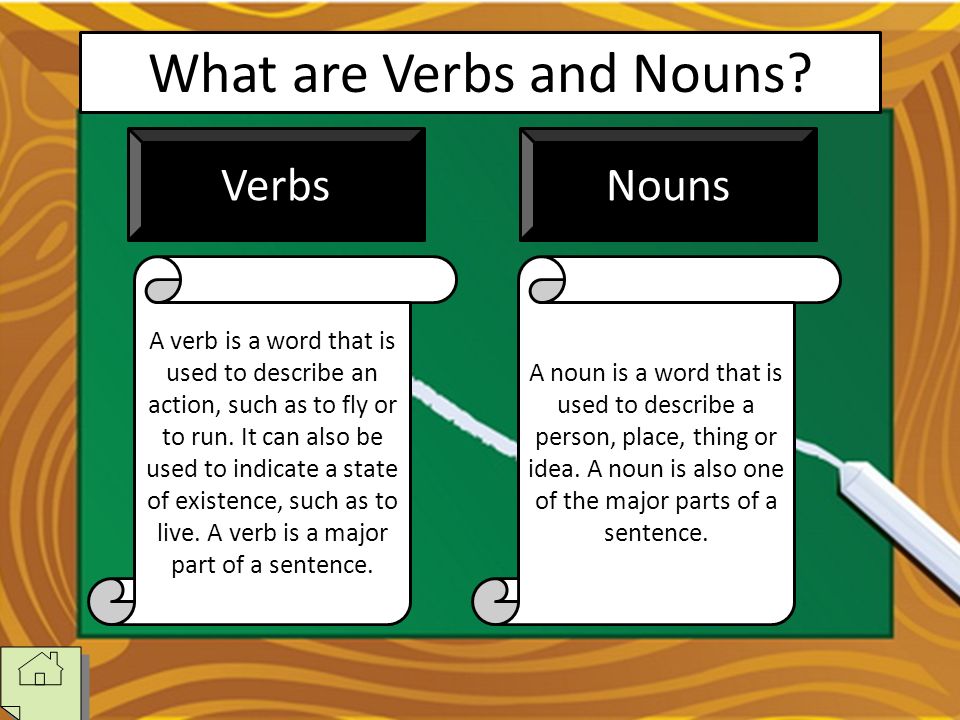
- If there are negative pronouns or adverbs before "NOT", such as "no one", not at all, "not at all" and so on. Nobody noticed, not at all interesting.
- If there is an explicit negation. The family is not rich, the act is not successful.
With short adjectives, the prefix “NOT” is written in the same way as with full ones.
But there are also exceptions . “NOT” is written separately in the following words: not guilty, not visible, not powerful, not much, not free, should not, not intending, not ready, not needed, not located, not happy, not agreeing, not terrible, not capable , not higher, not lower, not worse, not better, not poorer, not closer, not less, not more, not worse, not better.
Spelling "Н" and "НН" in adjective suffixes
Suffix "НН" is written:
- In words with "ENN" and "ONN". Solemn, debatable. The exception is windy.
- In words whose root ends in "H". Long (length), machine (machine).
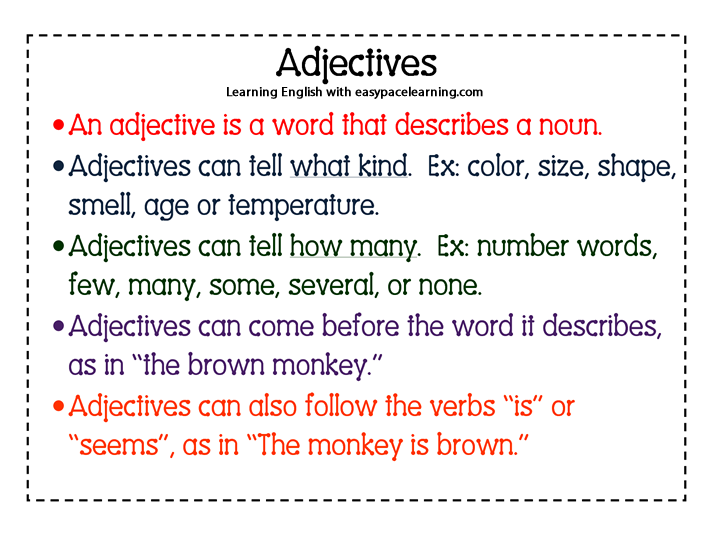

 "
"